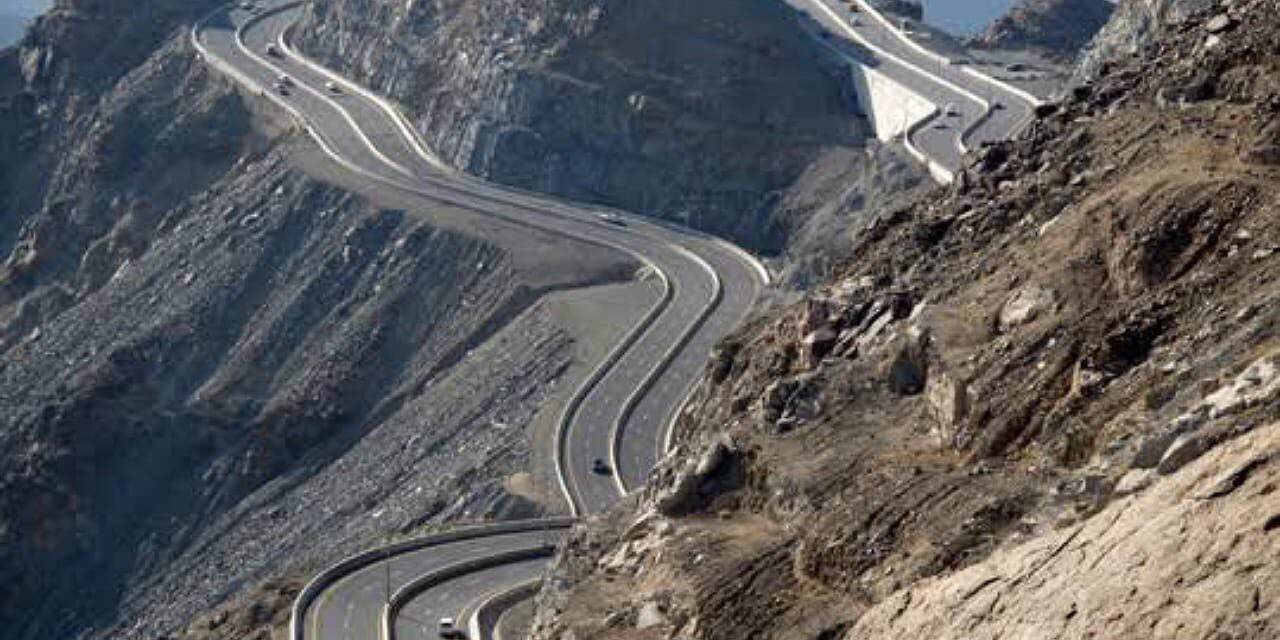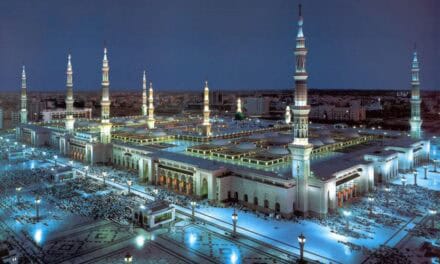MAKKAH, Saudi Arabia — The Al-Sail Al-Kabeer pilgrimage road remains one of the most important land routes for Hajj and Umrah pilgrims. This historic path, also known as Qarn Al-Manazil, connects Najd and eastern Saudi Arabia to Makkah.
The road begins in Taif and passes through Al-Sail Al-Kabeer, home to the Miqat Mosque. Pilgrims use this route because of its link to the sacred miqat, one of five points set in Islamic tradition.
From Mountains to Makkah: A Journey of Faith
The route starts in the mountain areas of Al-Hada and Al-Shafa. From there, it travels through valleys before reaching Al-Sail town, located about 94 kilometers northeast of Makkah. The area sits at 1,200 meters above sea level.
The road crosses Wadi Qarn, a valley that flows into Wadi Fatimah. Near the town, the path becomes flatter and easier to travel. This has made it popular for pilgrims throughout history.
A Route Recognized by Scholars
Many early geographers mentioned this road. These include Al-Harbi, Al-Hamdani, and Ibn Khordadbeh. Pilgrims had two options: the easier Al-Sail route, or the steeper Aqabat Karra. Most chose Al-Sail because it was safer and linked to the miqat.
Modern Services for Today’s Pilgrims
The road has seen major upgrades in recent years. The General Authority for Roads restored the route to meet modern safety standards. New highways connect the road to Taif, Makkah, and Jeddah.
A key stop on the route is the Miqat Mosque of Al-Sail, rebuilt in 1982. It covers 2,600 square meters and holds up to 3,000 worshippers. The mosque now includes clean water, rest areas, and parking for buses.
Linking Past and Present
The Al-Sail Al-Kabeer pilgrimage road remains a symbol of both faith and history. Once a path through sand and rock, it is now a smooth, organized route. It continues to serve thousands of pilgrims traveling from the east.
Saudi Arabia’s efforts to improve this road reflect its Vision 2030 goals. These focus on better services, infrastructure, and honoring religious heritage.






